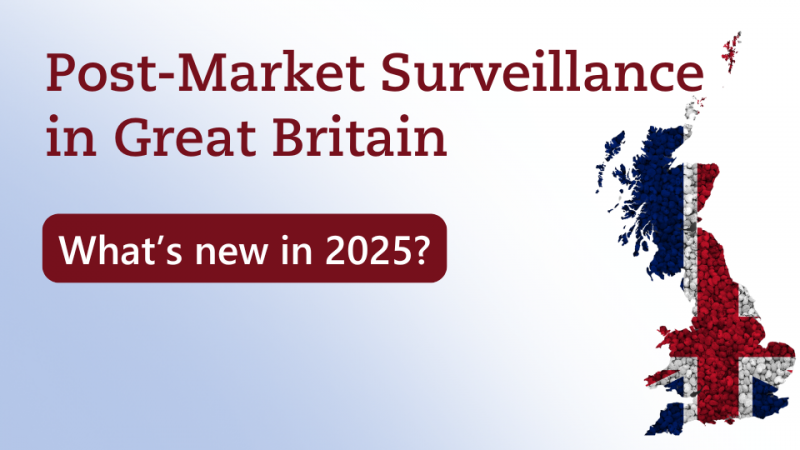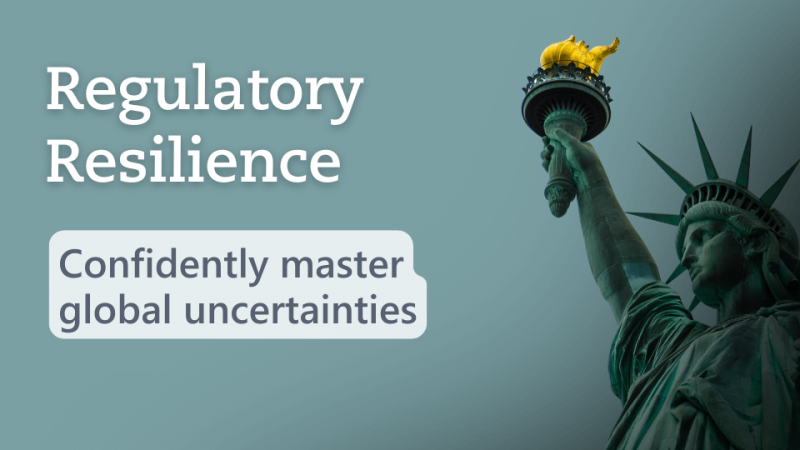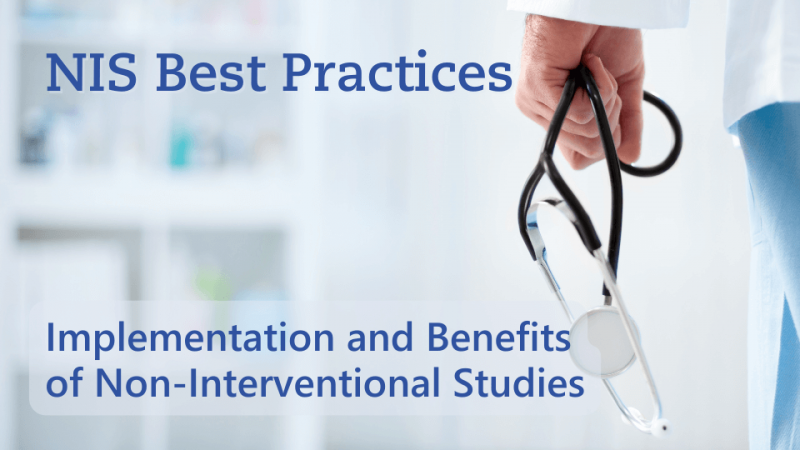Post-Market Clinical Follow-Up: Your entry into the PMCF-CER cycle of MDR
27/01/2023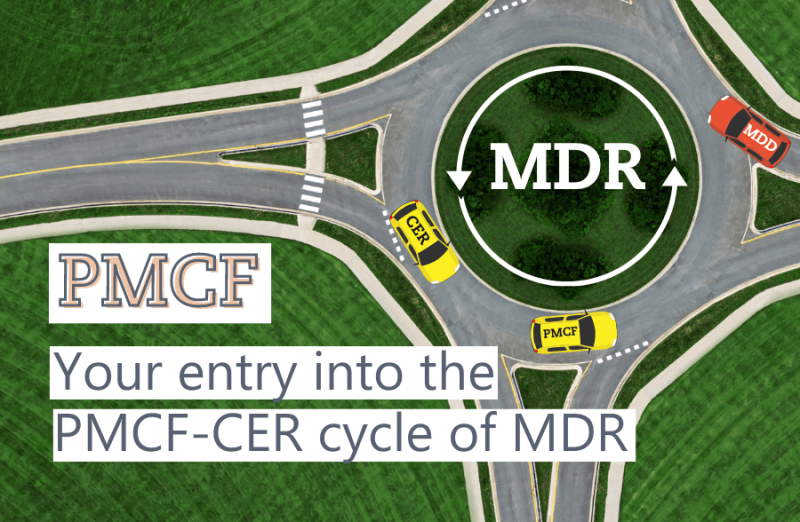
Do you have any questions about the article or would you like to find out more about our services? We look forward to hearing from you!Make a non-binding enquiry now
The (EU) 2017/745 (MDR) describes the regular update of clinical evaluation through the PMCF report. Therefore, a mechanism is added that is upstream/intermediate to the previous implementation compared to the MDD. The post-market clinical follow-up (PMCF) does not replace the clinical evaluation as it is an additional aspect. This results in some activities that are relevant at a different time than before. What documents are needed at the beginning for the MDR certificate and where is the best starting point for these recurring activities? This blog will tell you; focusing on legacy devices (these medical devices with an MDD certificate are already on the market and are no longer in development).
Take these steps independently of the previously planned rhythm of CER updates. You are setting the clock back to zero ahead of schedule. Additional info: It is possible to skip step 2 and write the CEP, CER and PMCF plan documents, which are only formally adapted to the MDR. However, this will then be an interim CER that will soon have to be updated at the old rate. It is very likely that the initial PMCF plan will then have to be amended. We do not recommend this procedure, as it does not result in any "real" time savings.
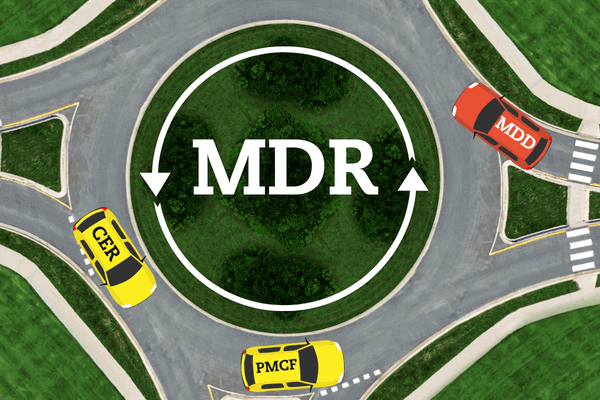
What does the PMCF-CER cycle look like?
To describe the PMCF/clinical evaluation system, it helps to place yourself mentally at that point in an established product’s life cycle where a new observation period begins.A) The clinical evaluation plan (CEP) stands above all activities, and it fundamentally specifies which aspects are to be clinically evaluated when using the product. It also specifies the general strategy. In the CEP- the clinically relevant aspects to be analyzed are specified,
- the associated parameters are planned,
- the route is defined, e.g. equivalence or study,
- the handling of the data to be collected is described, and
- the clinical development plan (CDP), which describes the clinical activities during development, is defined.
How to get an MDR certificate?
We start in the MDD world:- raise CEP to MDR level - on this occasion it is worth cleaning up and improving,
- carry out the activities (planned so far),
- raise CER to MDR level, insert and analyze the new data (again, it is worth cleaning up and improving)
- derive the PMCF plan,
- submission to the notified body and
- finally create MDR certificate.
Take these steps independently of the previously planned rhythm of CER updates. You are setting the clock back to zero ahead of schedule. Additional info: It is possible to skip step 2 and write the CEP, CER and PMCF plan documents, which are only formally adapted to the MDR. However, this will then be an interim CER that will soon have to be updated at the old rate. It is very likely that the initial PMCF plan will then have to be amended. We do not recommend this procedure, as it does not result in any "real" time savings.

This is what the regular updates under MDR look like
Step 1: The CEP only needs to be amended if you plan to make changes to the product or its intended use, or external factors necessitate additional clinical consideration. How do you document that you have reviewed just that? Version the CEP and reference the last (current) PMS report and any changes as appropriate. By the way, a change is to be considered like a new development, so do not forget to revive the CDP.Step 2: The reports on the individual PMCF activities and the PMCF report are written regularly.Step 3: The CER is updated on a regular basis.Step 4: The PMCF plan is modified when required by the updated CER or when the effectiveness of the activities has been judged to be insufficient. Without changes, no versioning is required here as with the CEP. The explicit conclusions in the PMCF report and CER already prove that you have considered the need for an update.Conclusion
It is important that you revise your medical device PMCF/clinical evaluation system in accordance with MDR. If you follow the recommendations in this blog, your system should run smoothly, and you will not have any problems with a smooth start. Do you have questions about the PMCF-CER cycle or other clinical affairs topics? Together we can find a solution for (almost) everything. We would also be happy to take full care of your clinical evaluation - so you never miss an update and get everything from a single source". We look forward to hearing from you. Good luck!Best Regards
Our blog posts are researched and created with the utmost care, but are only snapshots of the regulations, which are constantly changing. We do not guarantee that older content is still current or meaningful. If you are not sure whether the article you have read on this page still corresponds to the current state of regulation, please contact us: we will quickly place your topic in the current context.

